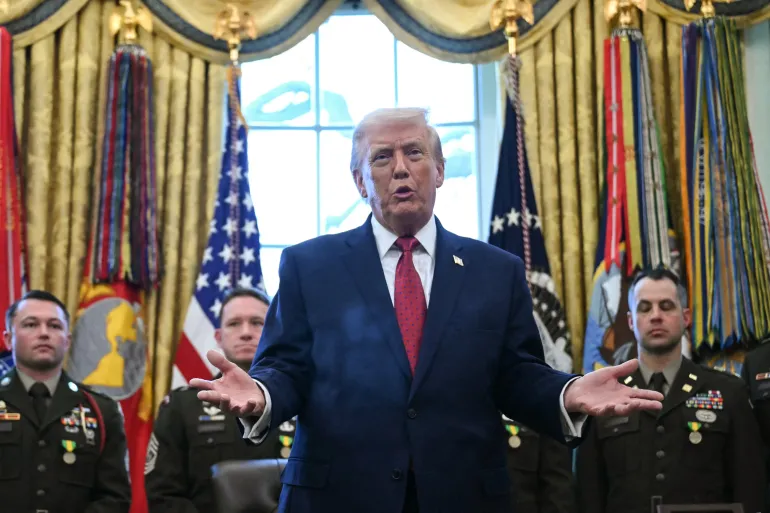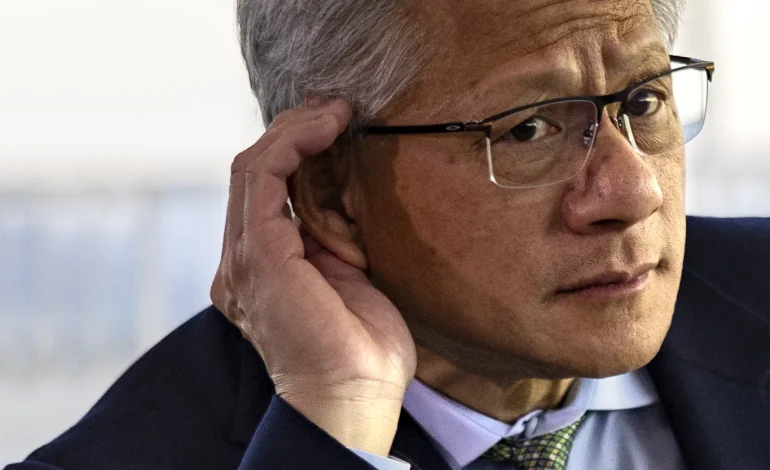The New York Times, CNBC, Bloomberg, and Reuters contributed to this report.
Nvidia’s boss isn’t convinced his company is any closer to selling its top-shelf AI chips in China, even after President Donald Trump and Chinese leader Xi Jinping met this week. Speaking to reporters in Gyeongju, South Korea, after his APEC keynote, CEO Jensen Huang praised the summit’s tone but said he had “no new insight” on whether Washington will loosen export curbs that have largely shut Nvidia out of the world’s second-largest tech market.
Huang argued the case for engagement, calling China a “singular, vital” market and insisting it’s in both countries’ interests for American chipmakers to serve Chinese customers. If national security is the concern, he suggested, it’s not solved by keeping US hardware out: China already designs and builds plenty of its own AI chips, and state-linked users can access domestic gear regardless. In his view, the question is whether the US wants its companies — and standards — embedded in China’s AI build-out or not.
The politics are complicated. US rules currently bar sales of Nvidia’s most advanced accelerators, including its new Blackwell lineup, to Chinese buyers. Trump said chips came up in his talks with Xi, but emphasized Blackwell wasn’t on the table and framed any next steps as a dialogue “between China and Nvidia,” with Washington as “the arbitrator.” That leaves Nvidia stuck in a gray zone: it has designed reduced-capability parts to comply with US limits — most notably the H20 — but Beijing has cooled on those offerings, nudging major cloud players toward domestic champions instead.
Huang acknowledged the impact bluntly, saying Nvidia had hoped for “non-zero market share” in China but is now effectively at zero. He also warned against underestimating Huawei, which is racing to build its own AI hardware and large-scale systems. Respect your rivals, he said, and run faster — Nvidia’s preferred response to the challenge.
Behind the rhetoric is a race fueled by staggering global demand for AI infrastructure. Every new generation of accelerator raises the stakes for companies trying to keep up, and access to China’s enormous customer base would be a lucrative tailwind for any US supplier allowed to compete there. For now, Nvidia’s growth has come from everywhere else: hyperscalers in the US, Europe and parts of Asia are soaking up capacity, and the company is preparing massive Blackwell rollouts for those markets.
Whether policy shifts follow the diplomatic thaw is the wild card. Washington says the goal is to restrict China’s ability to acquire or produce chips that could accelerate military applications of AI. Beijing, for its part, is pushing self-reliance while courting access to foreign technology where possible. That standoff has turned Nvidia into a symbol of the broader economic rivalry: a $5-trillion linchpin that both sides want — one for innovation and profits, the other for capability and control.
Huang’s message, in short: open the door and Nvidia will walk through it. Until then, the company will keep lobbying for access, shipping compliant products where allowed, and sprinting ahead on the bleeding edge everywhere else.










The latest news in your social feeds
Subscribe to our social media platforms to stay tuned